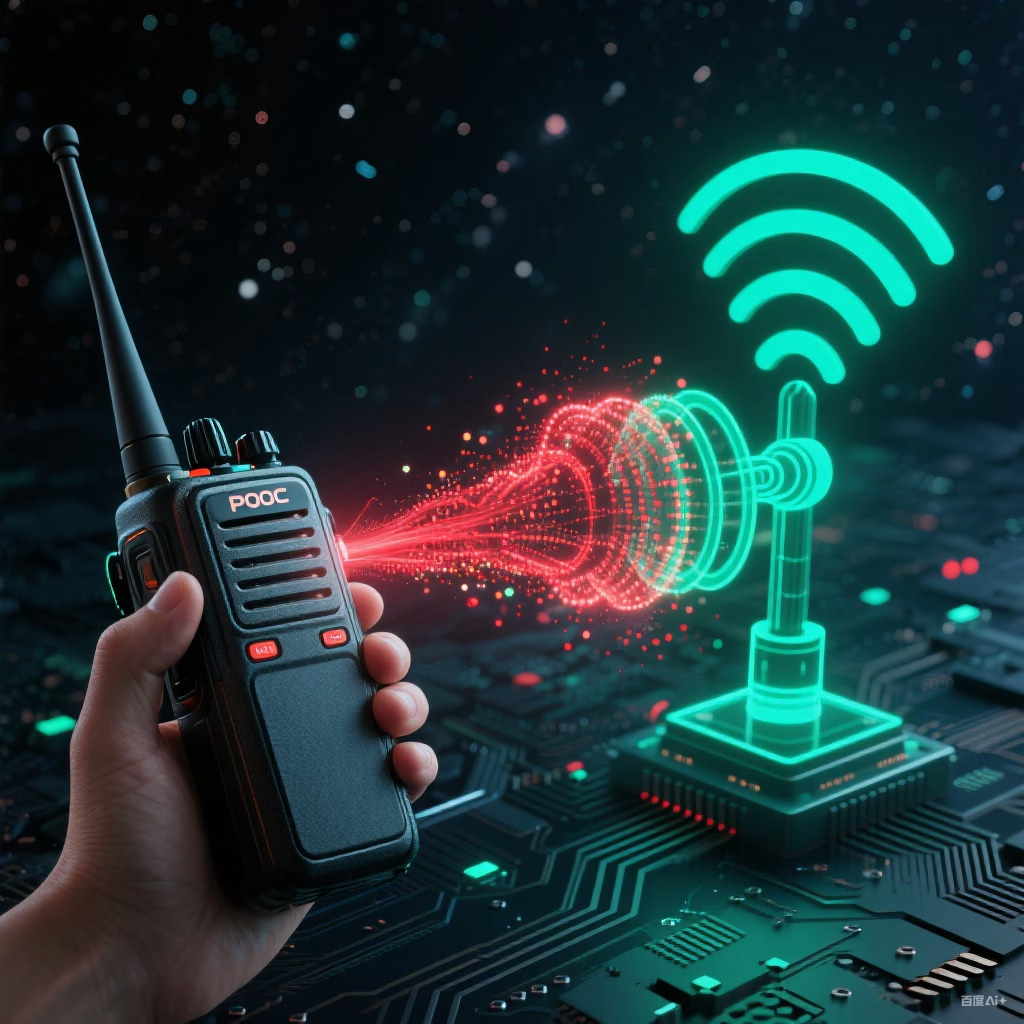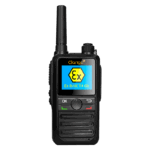I. POC Technical Principles & Verification Mechanisms
- Decentralized Network Verification
POC utilizes distributed nodes (e.g., Helium hotspots) to provide Proof of Coverage, employing PoC algorithms to verify actual device coverage and signal quality. This blockchain-based mechanism enables node incentivization and network trust assessment, significantly reducing deployment costs compared to traditional IoT operators. - RF Technology Foundation
POC devices are compatible with LPWAN technologies like LoRaWAN, leveraging high-frequency electromagnetic waves (3kHz–300GHz) for long-range data transmission. RF engineering requires a “specification-design-verification-optimization” closed loop to ensure power, frequency, and interference resistance comply with 3GPP international standards.

II. Industry Applications & Cutting-Edge Research
- Commercial Deployment Progress
- Communication Equipment: Dual-mode POC radios (LTE+DMR) now support global 4G/3G/2G/WiFi communications, enabling real-time Push-to-Talk (PTT) platforms for emergency response and industrial dispatch.
- Automotive & Industrial Markets: Surging demand for RF Front-Ends (RFFE) will expand the RF device market from 51Bin2024to51Bin2024to70B by 2030 (4.5% CAGR). 5G massive MIMO is driving GaN RF device adoption over LDMOS for vehicular telematics.
- Bioeffect Research Controversy
Experiments with 3.0GHz RF exposure (SAR <1W/kg) indicate enhanced hippocampal neuronal excitability and synaptic transmission, potentially impacting cognitive functions – though mechanisms require further validation.

III. Challenges & Trends
- 5G Deployment Costs
Companies like Helium face challenges including high base station investments, regulatory compliance, and terminal ecosystem adaptation when expanding 5G networks. - Technology Evolution
RF frontends are trending toward higher integration: 5G UHB bands utilize 4×4 MIMO architectures, increasing per-device filter counts from 40 (4G era) to 70 while doubling band support capability.

Conclusion: POC RF technology optimizes IoT connectivity through decentralized verification and low-power features, with dual-mode devices and automotive electronics becoming key growth drivers. However, 5G deployment costs and biosafety concerns require ongoing research breakthroughs.





